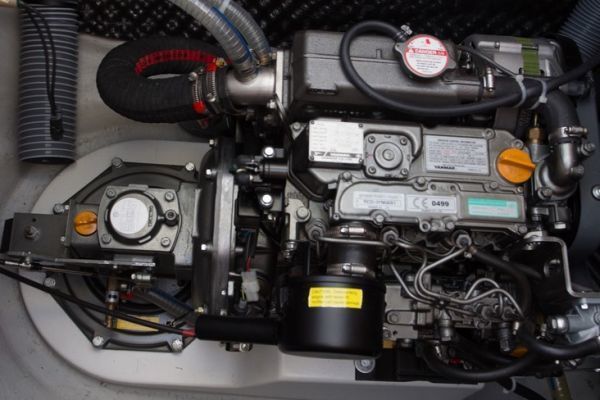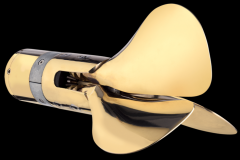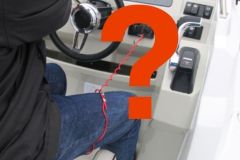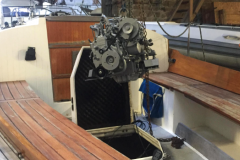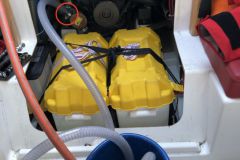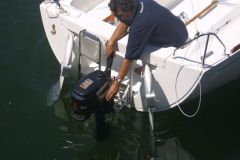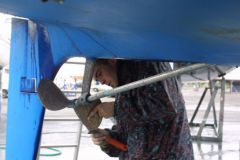To understand the use of the horse as a unit of measurement for assessing engine power, we need to go back into industrial history. At the end of the 18th century, horses were the undisputed masters of transporting loads and powering machines. They were used to extract water from wells or turn mills, for example. However, the advent of the steam engine posed a crucial question: how to evaluate the power of this new invention in relation to the force provided by a horse? This question led to the search for a unit of measurement capable of bridging the gap between these two worlds, the animal world and the world of machines.
The power of a horse to drive a grain mill
The British scientist James Watt, renowned for his major contributions to the industrial revolution, addressed this issue. He established a method of comparison, taking as a reference the power a horse used to move a grain mill. Relying on the traditional British units of measurement âeuros pounds, feet and âeuros seconds Watt thus conceptualized "horsepower".

This term, literally translated as "horsepower", subsequently evolved. With the evolution and advent of the international system came the unit of power we know today as the watt (W). The watt is defined as one newton meter per second. British horsepower, based on imperial units, corresponds to the power to lift 550 pounds at one foot per second of speed, or 745.699872 watts.
A value that has evolved
On a global scale, the adoption of the metric system led to a slightly different definition of the metric horsepower, based on the ability of a horse to lift a 75 kg mass to a height of 1 meter in one second. This definition is based on the value of the newton, which measures the force required to accomplish this task, resulting in an equivalence of 735.49875 watts for a metric horse.
Several different horses
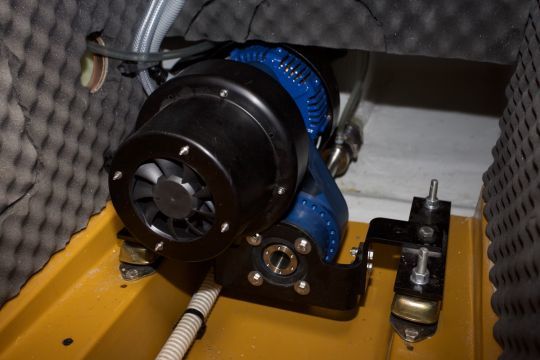
The integration of steam engines in industry and transport naturally led to their power being expressed in horsepower, creating a rich but complex terminological legacy. Today, despite the multiplicity of âeuro units of measurement, including watts, fiscal horsepower (used for administrative purposes) and the various âeuro automobile-specific standards, the question of standardizing power measurements remains a live one. Simplification, using the watt as the universal unit, would greatly reduce confusion and facilitate understanding on a global scale. Unfortunately, this trend seems to be a long way off, with electric motor manufacturers introducing thermal power equivalents based on the torque developed by the motors, yet another concept!
